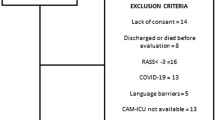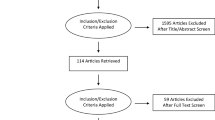Summary
The predictive usefulness of clinical scores in patients with acute bacterial meningitis was investigated. Fifty-one consecutive patients with acute bacterial meningitis were scored on days 1, 3, 5, 8 and 14 after admission according to the Sandinavian Stroke Scale (SSS), Glasgow Coma-Scale (GCS) and Hunt & Hess Scale (HH). As an index of their usefulness to predict the outcome, the scales were correlated with short-term outcome on day 21 assessed by the Glasgow Outcome Scale (GOS). The scores of all three scales correlated highly significantly with short-term outcome. Depending on the day of assessment, Spearman correlation coefficients ranged between 0.52 an 0.88 for SSS, between 0.50 and 0.84 for GCS, and between −0.47 and −0.82 for HH. The scales differed in their ability to predict outcome on and after day 1: mortality was best predicted by SSS. The use of scales in bacterial meningitis provides a rational quantitative basis to predict outcome more graduated than in dead or alive. Because the scales accentuate different aspects of outcome (e.g. mortality, restitution), the selection of a scale to be used in clinical trials should take into consideration the main focus of the study.
Similar content being viewed by others
Author information
Authors and Affiliations
Additional information
Received: October 12, 1998 · Revision accepted: July 6, 1999
Rights and permissions
About this article
Cite this article
Merkelbach, S., Röhn, S., König, J. et al. Usefulness of Clinical Scores to Predict Outcome in Bacterial Meningitis. Infection 27, 239–243 (1999). https://doi.org/10.1007/s150100050019
Issue Date:
DOI: https://doi.org/10.1007/s150100050019




